Artists typically create work for several reasons: it makes them happy, to give as gifts, it’s part of their job, or they hope to make money with it.
 |
| Making ATCs: Artist Trading Cards |
However, in the late 1990s, a Swiss artist launched a collaborative art project with a different take on creative motivation. M. Vänçi Stirnemann held an event where he presented 1,200 of his miniature works. They were the size of traditional trading cards, and after the exhibit, he invited other artists to swap their own art cards.
 |
| A more recent ATC collection from M. Vänçi Stirnemann |
The artist trading card (ATC) movement was enthusiastically embraced and eventually expanded into other iterations, such as STCs (Sister Trading Cards for women artists) and ACEOs, which stands for Artist Cards, Editions, and Originals. The latter was launched on an eBay platform so the cards could be sold, countering the core tenet of only exchanging ATCs.
Small Format, Big Possibilities
While Stirnemann is credited with the 1997 ATC origin story, the concept of creating small, affordable works that are more accessible to the average art lover has been around for centuries.
Whether buying or trading, there is simply no limit to the artist’s imagination and choice of materials at hand. The standard 2.5 x 3.5 inches is the same dimension as baseball, Pokémon, and most playing cards.
Isn’t it less intimidating to approach that size rather than a large, blank canvas? As for materials and techniques, artists may choose from one or more of the following:
Paint in acrylic, watercolor, or gauche.
Draw with pencils, markers, pastels, or pen and ink.
Assemble with fabric, torn paper, ephemera, and other collage materials.
Decorate with stamped designs, stencils, or words.
Upcycle previous artwork that didn’t make you happy, or… or…
You get the idea. The possibilities are endless.
The Rules (Are Meant to be Broken)
The original intellectual property of the art cards held to several rules and formats that made them true ATCs. The standard size is 2.5 x 3.5 inches. They may be created as one-offs or in a series. The back of the card is typically where the artist puts their name, title of the art, date it was created, and possibly contact info or website.
And naturally, they’re only to be traded for other ATCs – never sold.
I personally believe, however, that, like crying in baseball – there are no rules in art. So, call them ATCs if you plan to trade with other artists or put a small price on your ACEOs and build your portfolio by selling them online.
Make them a little smaller or bigger if that’s what you have at hand. Use the finished cards as gift tags or collage elements. Incorporate art journaling into a set of cards to keep for yourself.
When it comes to your art cards, nobody is the boss of your creativity.
Sharing the Joy of Art
Because there is usually minimal investment in the creation of ATCs – and they’re fun to make – the core purpose of sharing them is a natural evolution. Over the years, the practice has continued with trading groups found both virtually and in person, including the collaborative cultural performance group with Stirnemann’s work and archives.
Ready to get started? I like playing cards with interesting designs on the back, and then I cover the faces with gesso or paint before collaging. If you don’t want to cut cardstock to size, Strathmore artist papers and others sell pads in the requisite trading card dimensions.
As for inspiration, check out the hashtag #artisttradingcards on Instagram and take a dive down the ATC rabbit hole. Trading cards or ACEOs are also ideal for creative, monthly, one-a-day challenges. Once you have a collection of cards, you can organize your own swap meet with other artists.
 |
| ATC by @alicreatingaltered on Instagram |
While it’s true we can now whip out our phones to show our work to friends and art lovers, it’s so much more rewarding to present something tangible. The pocket-size ATC lets you spread the joy of original art during your travels, near or far.
Please feel free to share your ATCs with friends of the Art Verve Academy on our private forum. And if you’re interested in learning more about mixed media or any other creative processes, check out our class and workshop schedule here.
|
Follow Susan Richards on her art and language blog at suzucreative.com/blog or visit her website at suzucreative.com
|
| Sponsored by the Art Verve Academy. Enroll in studio art classes for adults in Tucson, Arizona, at ArtVerveAcademy.com. |


